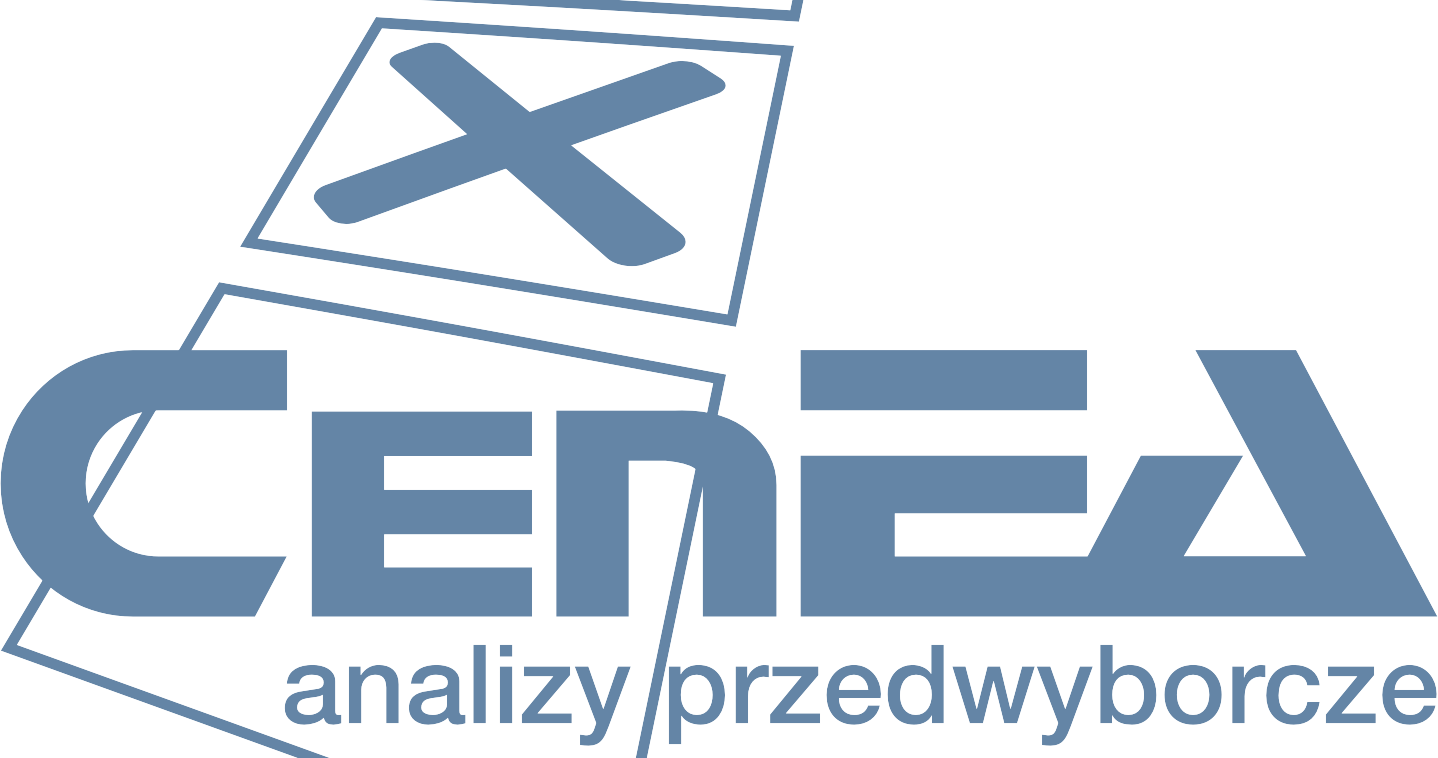Autor: webadmin
25 miliardów złotych dla rodzin z dziećmi: projekt Rodzina 500+ i możliwości modyfikacji systemu wsparcia

Niniejszy Komentarz stanowi kontynuację analiz zmian w systemie finansowego wsparcia rodzin z dziećmi proponowanych w programie wyborczym Komitetu Wyborczego Prawo i Sprawiedliwość i debacie powyborczej przez rząd Beaty Szydło (Myck i in. 2015e, 2015f), a jednocześnie jest wkładem Centrum Analiz Ekonomicznych CenEA do dyskusji publicznej w ramach konsultacji społecznych dotyczących projektu ustawy o pomocy państwa w wychowywaniu dzieci (projekt ustawy z dnia 22 grudnia 2015 r.; tzw. program „Rodzina 500+”,). Przedstawione wyliczenia w pierwszej części Komentarza odnoszą się do głównych elementów debaty dotyczącej wprowadzenia programu Rodzina 500+. W drugiej części natomiast przedstawiono alternatywne podejście do organizacji wsparcia rodzin z dziećmi w formie Zintegrowanego Świadczenia Rodzinnego. Świadczenie to utrzymuje najważniejsze elementy propozycji rządowej, ale jednocześnie wprowadza szereg istotnych rozwiązań upraszczających i racjonalizujących funkcjonowanie systemu wsparcia rodzin z dziećmi w Polsce przy tym samym poziomie kosztów dla sektora finansów publicznych co projekt rządowy.
Wykorzystanie zmian administracyjnych w procesie identyfikacji przyczyn zróżnicowania rozwoju regionalnego.

Okres realizacji: styczeń 2016 – grudzień 2018
Finansowany przez: Narodowe Centrum Nauki
Estimating Labour Supply Response to the Introduction of the Family 500+ Programme.

Please note: an updated version of the results presented in this Working Paper has been published as:
We use a discrete choice labour supply model (van Soest, 1995; Blundell et al., 2000) to estimate labour supply implications of a large scale reform of financial support for families with children in Poland, the so-called Family 500+ programme. The reform introduced universal regular payments of 500 PLN per month for each second and subsequent child in the family aged 0-17, supplemented with means-tested 500 PLN per month for the first child in low income households. As such, the programme significantly changed the balance of financial incentives to work among parents. We estimate that it will reduce labour supply among families with children by about 240,000 individuals, principally mothers in families with one or two children. The estimates suggest that labour supply effects will be felt most strongly in small towns and villages and will contribute substantially to the reduction of the proportion of couples in which both partners are working.
Portfele gospodarstw domowych po exposé premier Beaty Szydło

Examining Social Exclusion among the 50+ in Europe – Evidence from the Fifth Wave of the SHARE Survey

Though intuitive, the concept of social exclusion is complex and hard to measure. Recently, however, we have witnessed policymakers and international institutions increasingly pay attention to better understand material and social distress and to identify the means to improve a broadly defined standard of living. In this brief, we summarize some of the results and conclusions from a recently published First Results Book based on the latest data from the Survey of Health, Ageing and Retirement in Europe (SHARE). We discuss the approach adopted to measure material and social deprivation, and the subsequent identification of risk of social exclusion. We show that Europeans increasingly value the quality of their social life as they grow older and that factors, such as worsening health, unmet long-term care needs, loneliness or lack of social cohesion are important determinants of social exclusion among the 50+ population. If socio-economic policies are to respond effectively to the needs of older Europeans, then broader aspects of their lives need to be taken into account and public policy should go beyond simple targets of income-defined poverty.
Programy wyborcze 2015: kto zyska, kto straci i ile to będzie kosztowało

Zagadnienia metodologiczne oraz pomocnicze tabele i wykresy do Raportu zamieszczono w Załączniku.
Dane do wykresów z Raportu.
Prezentacja przedstawiona podczas konferencji prasowej podsumowuje najważniejsze wyniki przedstawione w Raporcie.
Dwie kadencje w polityce podatkowoświadczeniowej: programy wyborcze i ich realizacja w latach 2007-2015

Progi dochodowe dla poszczególnych rodzajów gospodarstw domowych wykorzystane w Raporcie można znaleźć w Tabeli Z6 w Załączniku.
Dane do wykresów z Raportu.
Prezentacja przedstawiona podczas konferencji prasowej dotyczy metody mikrosymulacji wykorzystanej do przygotowania Raportu oraz podsumowuje jego wyniki.
Przedwyborcze pięć miliardów: jak je wydać i skąd je wziąć

Zagadnienia metodologiczne zamieszczono w Załączniku.
Przedwyborcze miliardy: jak je wydać i skąd je wziąć

Distribution of the VAT Burden in Poland by Income Group and Demographic Characteristics

The Value Added Tax (VAT) is the main source of revenue for the public budget in Poland. Though issues regarding VAT rates or tax settlement mechanisms are brought into the public debate in Poland on a regular basis, little is still known on the distribution of the VAT burden among Polish households. In this brief, we analyze the VAT relation to household income, consumption and demographic structure in Poland. We find that the VAT burden is inversely related to income, with the bottom ten percent of the population paying on average 16.3% of their income in VAT and the top income group paying only 6.8%. Larger households, such as those with children, pay about 11%-15% more VAT due to higher spending. However, as a result of different spending structures, the additional VAT burden of families with children is independent of the number of children and only marginally dependent on their age. These differences in the tax burden should be taken into consideration in the current debate on the possibility of unifying the VAT rates in Poland.

